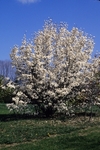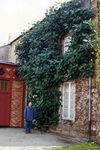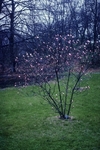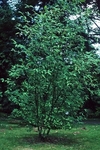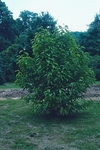Genus Magnolia
Magnolia is a large genus of about 210 flowering plant species in the subfamily Magnolioideae of the family Magnoliaceae.Species in the genus Magnolia of plants
Magnolia boliviana - This species has been reported in National Parks and other protected areas within its range, such as Los Amigos Conservation Concession in Peru, and Amboro National Park and Isoboro Secure National Park in Bolivia.
Cloudforest magnolia - Magnolia dealbata is grown as an ornamental tree in gardens.
Magnolia delavayi - Magnolia delavayi is a small evergreen tree 8–15 metres in height with pale to dark yellowish-brown bark. The leaves are oblong-ovate, 10-20 cm long and 5-10 cm broad, tough, leathery, with a 5-7 cm petiole.
Magnolia iltisiana - Magnolia iltisiana is a species of plant in the Magnoliaceae family. It is endemic to Mexico.
Magnolia kachirachirai - Flora of Taiwan, 2nd edition Vol. 2
Magnolia officinalis - It is a deciduous tree growing to 20m in height. The bark is thick and brown but does not fissure. The leaves are broad, ovate, 20-40 cm long and 11-20 cm broad. The flowers are fragrant, 10-15 cm wide, with 9-12 white tepals, and appear from May to June.
Magnolia rostrata - It is found in China and Myanmar-Burma. It is an IUCN Red List vulnerable species, threatened by habitat loss.
Magnolia sargentiana - This large magnolia is fairly uncommon in cultivation despite the fact that its very ornamental with very large flowers, good form, and nice foliage. This species is threatened by habitat destruction with much of its range already logged, and it is not know if this species can persist in the fragments where it is now found.
Magnolia wilsonii - Magnolia wilsonii is a large spreading shrub or small tree growing to 8–10 metres tall. The leaves are elliptic to lanceolate, 6-16 cm long and 3-7 cm broad with a 1-3 cm petiole, and have brown pubescence on the underside. The flowers are drooping, 8-12 cm in diameter, with nine tepals, the outer three small and greenish, sepal-like, the main six larger and pure white; the stamens and carpels are crimson. Due to their drooping character, the flowers are best viewed from the underside.

